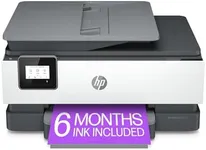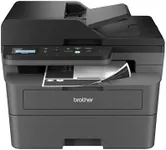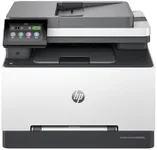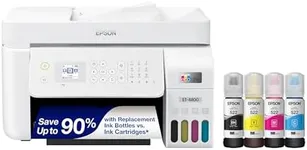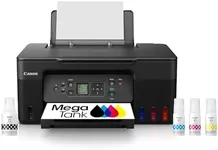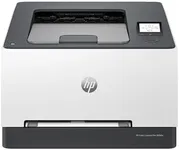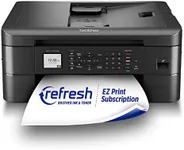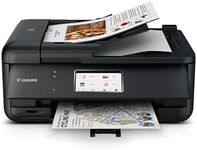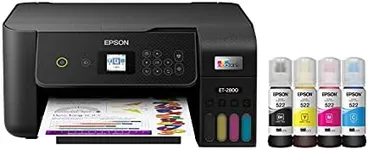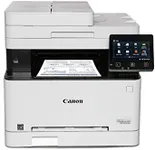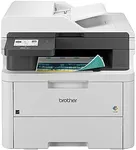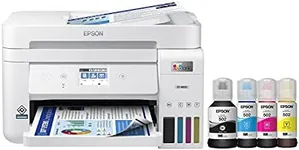Buying Guide for the Best Printers
Choosing the right printer can be a daunting task, but with a little guidance, you can find the perfect one to meet your needs. Whether you need a printer for home, office, or professional use, understanding the key specifications will help you make an informed decision. Consider what you will primarily use the printer for, such as printing documents, photos, or both, and how often you will use it. This will help you prioritize the features that are most important to you.Printer TypePrinters come in various types, including inkjet, laser, and all-in-one. Inkjet printers are versatile and great for high-quality photo printing, making them ideal for home use. Laser printers are faster and more cost-effective for high-volume document printing, making them suitable for office environments. All-in-one printers combine printing, scanning, copying, and sometimes faxing capabilities, offering a comprehensive solution for both home and office use. Choose the type that best matches your primary printing needs.
Print Quality (DPI)Print quality is measured in dots per inch (DPI). Higher DPI values indicate better print quality, which is important for printing detailed images and photos. For general document printing, a DPI of 600 is usually sufficient. For high-quality photo printing, look for a printer with a DPI of 1200 or higher. Consider what you will be printing most often to determine the appropriate DPI for your needs.
Print Speed (PPM)Print speed is measured in pages per minute (PPM). This spec indicates how quickly a printer can produce printed pages. For home use, a lower PPM may be acceptable, especially if you print infrequently. For office use, where large volumes of documents need to be printed quickly, a higher PPM is essential. Typical home printers have speeds around 10-20 PPM, while office printers can range from 20-50 PPM or more.
Connectivity OptionsModern printers offer various connectivity options, including USB, Wi-Fi, Ethernet, and Bluetooth. USB connections are straightforward and reliable for direct connections to a single computer. Wi-Fi and Ethernet allow for wireless and networked printing, which is convenient for multiple users in a home or office. Bluetooth is useful for printing directly from mobile devices. Consider how you will connect to the printer and choose one with the appropriate connectivity options for your setup.
Paper HandlingPaper handling refers to the types and sizes of paper a printer can accommodate, as well as its paper tray capacity. If you need to print on various paper sizes or types, such as envelopes, labels, or cardstock, ensure the printer supports these options. Additionally, a larger paper tray capacity is beneficial for high-volume printing, reducing the need for frequent paper refills. Assess your typical printing tasks to determine the necessary paper handling features.
Operating CostsOperating costs include the price of ink or toner and the frequency of replacement. Inkjet printers generally have higher ongoing costs due to the price of ink cartridges, while laser printers use toner, which can be more cost-effective over time. Consider the cost and availability of replacement cartridges or toner when choosing a printer. If you print frequently, a printer with lower operating costs will be more economical in the long run.
Additional FeaturesAdditional features can enhance the functionality and convenience of a printer. These may include duplex printing (automatic double-sided printing), an automatic document feeder (ADF) for scanning or copying multiple pages, and touchscreen controls for easy operation. Some printers also offer mobile printing capabilities, allowing you to print directly from your smartphone or tablet. Think about which additional features will be most useful for your specific needs and look for a printer that includes them.
